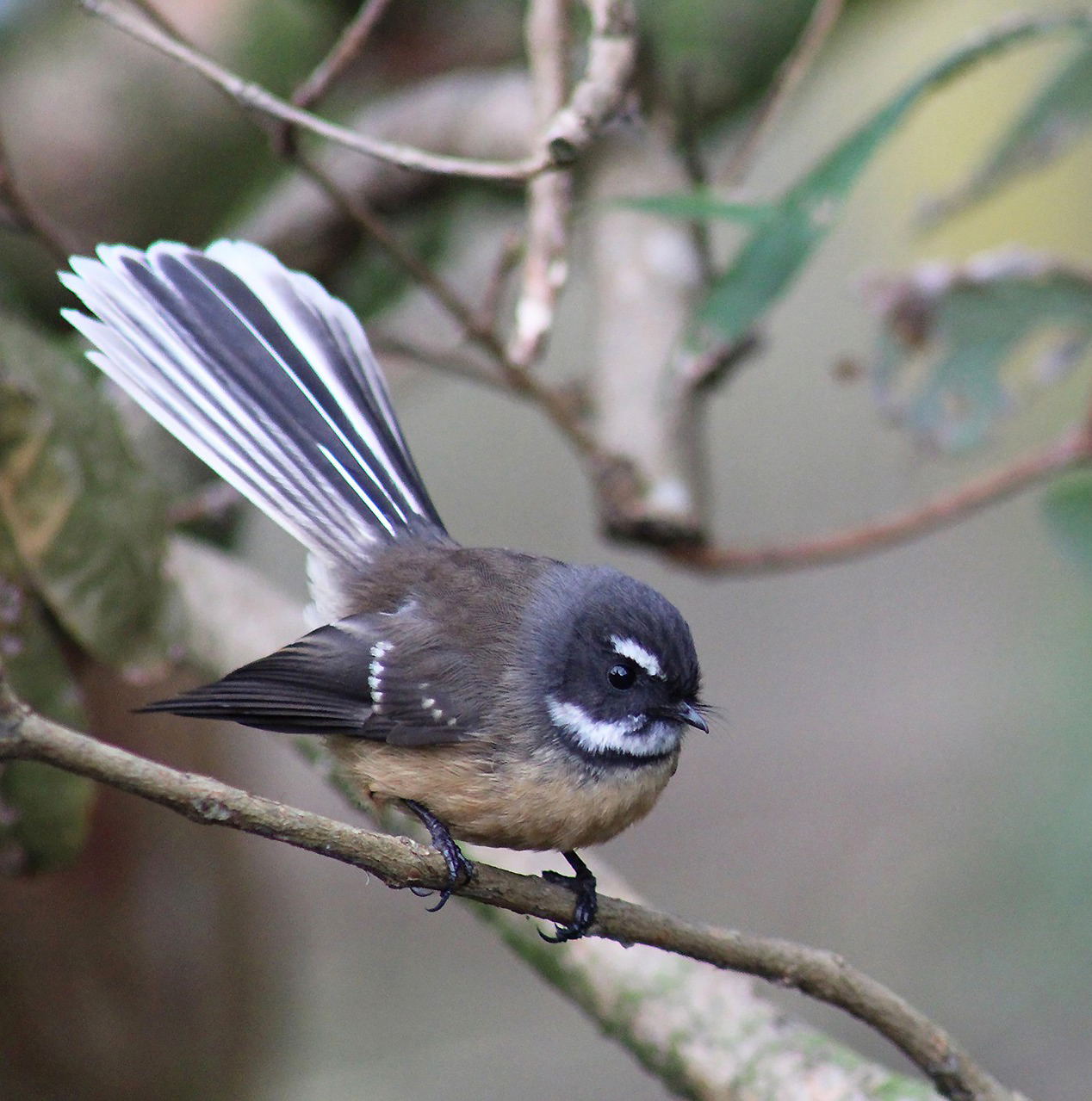
Alumna Natalia Narożańska has been announced the winner of the New Technologies category in the '25 Under 25 List' compiled by Forbes Poland and McKinsey & Company.
Being named on the Forbes Poland '25 Under 25 list' is the kind of thing that leaves you speechless...I was shocked that the committee picked the topic of sustainable flight. It's a big motivational kick.
Natalia Narożańska
The research and simulation engineer, who currently works in the innovation team at YASA: e-motors for hybrid and electric vehicles, was awarded the title in recognition of her idea for a fast solar-powered aircraft which Forbes Poland says “has the potential to revolutionise the aviation industry”.
Natalia said: “Being named on the Forbes Poland '25 Under 25 list' is the kind of thing that leaves you speechless. Qualities such as being approachable and being a risk-taker were universal among all of us on the list. As the chief editor of Forbes Poland said, the difference between 25 Under 25 and 30 Under 30 is to notice young people with great potential, rather than rewarding seasoned business professionals. It's a competition of sparks, not stars. I was awarded the main prize in the New Technologies category. I was shocked that the committee picked the topic of sustainable flight. It's a big motivational kick.”
It was during her fourth year project at Cambridge for her MEng in Aerospace Engineering and Mechanical Engineering, that Natalia first began work on the ‘Srocki 1’ project under the guidance of aircraft design specialist Dr Jerome Jarrett and Senior Lecturer Dr Will Graham. Inspired by a bird native to New Zealand – the fantail – Natalia sought to include a fan-shaped solar collector suspended from the fuselage trailing edge in her initial design concept.
“The birds’ fan-shaped tails are triple the length of their bodies, almost like a flying peacock,” she said. “You’d expect that flying with this much luggage on the rear would make them clumsy, but on the contrary, they move so graciously and can fly incredibly fast. It got me thinking, why not try that on a plane? This idea resulted in my initial concept, with the wide and flat upper surface of the aircraft covered completely with perovskite solar cells, but the shape of the tail has changed completely over time – for efficiency, robustness and stability reasons.
“Even though it's at a very early stage of development, and the technology needed to build it is not yet mature enough, I’m keen on sharing my project with the world as it shows the potential of the emerging technology of solar power for the aerospace industry. I’ve introduced perovskite solar cells technology, that are not yet used for commercial aviation applications, into a new concept airframe, which doubles the speed record of the solar plane, giving a range of up to 5,000 km.”
With help from the James Dyson Foundation’s Mary Dyson Scholarship, awarded to high-achieving engineering students at Murray Edwards College, and the McKinsey Next Generation Women Leaders Award, which aims to develop future female leaders, Natalia secured the funds needed to test her concept design in a wind tunnel using a scaled model and a high-speed camera.
“We got the results and they proved that we can easily double the speed record of solar aircraft with my concept design,” said Natalia. “Also I can’t stress enough how grateful I am to Dr Richard Roebuck, Manager of the Department’s Dyson Centre for Engineering Design, who taught me all the practical engineering skills I was missing due to spending the first two years of my degree as a Natural Sciences student. He helped me re-equip the Dyson Centre wind tunnel which had no sensor in it at all, and thanks to this project, we gave it another lease of life!”

